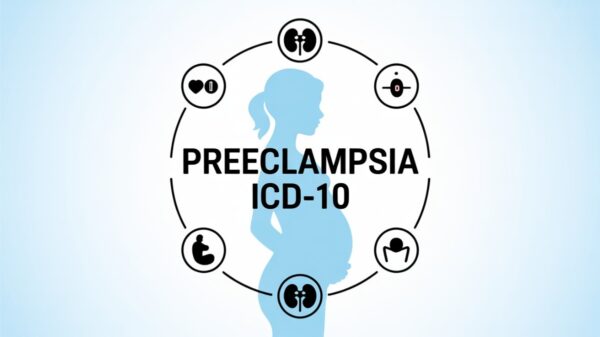Pregnancy is a beautiful journey with its fair share of physical discomforts. One common issue many expecting mothers face is neck pain. As the body undergoes hormonal shifts and physical adjustments to accommodate the growing baby, certain discomforts like neck pain and stiffness can become a daily challenge. If you’re pregnant and experiencing neck pain, you’re not alone! This article will help you apprehend the causes, symptoms, and practical solutions to relieve discomfort and ensure a more comfortable pregnancy.
Causes of Neck Pain During Pregnancy
1. Hormonal Changes
One of the primary culprits of pregnancy-related neck pain is hormonal fluctuations. The hormone relaxin increases during pregnancy to loosen ligaments and prepare the pelvis for childbirth. However, this loosening effect also impacts other joints, including neck joints, leading to instability and discomfort.
2. Postural Changes
As the baby develops, the body’s center of gravity shifts, causing changes in posture. Many pregnant women lean backward to compensate for belly weight, which can put extra strain on the neck and shoulders.
3. Increased Breast Size
For many women, breasts become fuller and heavier during pregnancy. This added weight can pull the shoulders forward, leading to a hunched posture and neck strain.
4. Stress and Tension
Pregnancy often comes with emotional and physical stress. Increased stress levels can lead to muscle tightness and tension headaches, which frequently manifest as neck and shoulder pain.
5. Sleeping Positions
Pregnant women are advised to sleep on their left side for better blood circulation. However, improper pillow support or awkward sleeping positions can strain the neck and increase morning stiffness.
Symptoms of Pregnancy-Related Neck Pain
- Persistent stiffness and soreness in the neck
- Tension headaches originating from the upper back
- Limited mobility in the neck and shoulders
- Radiating pain to the shoulders & upper back
- Increased discomfort after prolonged sitting or standing
Practical Solutions to Relieve Neck Pain

1. Maintain Good Posture
- Keep your shoulders relaxed and avoid slouching.
- Use a chair with lumbar support to maintain spinal alignment.
- If standing for long periods, distribute weight evenly between both feet.
2. Use Pregnancy Pillows for Support
A U-shaped or C-shaped pregnancy pillow can provide excellent neck and back support while sleeping.
3. Gentle Neck Stretches & Exercises
Simple stretches can relieve muscle tension:
- Neck Tilts: Slowly tilt your chair side to side, holding for 5-10 seconds.
- Shoulder Rolls: Roll your shoulders onward and backward in a circular motion.
- Chin Tucks: Gently tuck your chin toward your chest and maintain for a few seconds.
4. Apply Warm or Cold Compress
- A warm compress helps relax tight muscles.
- A cold pack reduces inflammation and swelling.
5. Prenatal Massage & Chiropractic Care
- Prenatal massage can release tension and improve circulation.
- Chiropractic adjustments help align the backbone and reduce nerve compression.
- Always consult with a competent professional before undergoing treatment.
6. Hydrate & Maintain a Balanced Diet
Dehydration can cause muscle cramps and stiffness. To support muscle health, drink plenty of water and consume calcium—and magnesium-rich foods.
7. Manage Stress & Relaxation Techniques
- Prenatal yoga and meditation help reduce stress-related muscle tension.
- Deep breathing exercises can lower cortisol levels and boost relaxation.
8. Seek Medical Advice When Necessary
If you experience severe, persistent, or radiating pain, consult your healthcare provider. Symptoms like numbness, tingling, or sharp pain down the arms may indicate an underlying condition that needs professional evaluation.
Conclusion
Neck pain during pregnancy is a common issue, but it doesn’t have to overshadow the joy of expecting a baby. You can manage and alleviate discomfort effectively by understanding the causes, recognizing symptoms, and implementing practical solutions. Maintaining good posture, using supportive pillows, engaging in gentle exercises, and managing stress are key strategies to reduce neck pain. If the Neck pain during pregnancy persists or worsens, consult your healthcare provider to explore safe treatment options. You can enjoy a more beneficial and comfortable pregnancy journey with the right approach.











